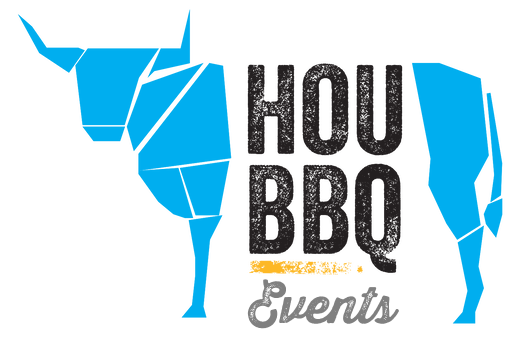
The evolution of the Texas barbecue beef rib
The evolution of the Texas barbecue beef rib. In the beginning, there were beef back ribs. In 2010, I was on a pilgrimage to the legendary Salt Lick BBQ near Austin and sat down at an expansive picnic table to order most of the menu. All the usual suspects were on offer: brisket, pork ribs, chicken, turkey and exemplary Hill Country-inspired, German/Czech-style sausage. The menu also featured a relatively unknown item listed as a “beef ribs.” I ordered a batch and a thin slab of beef and bones covered in a mustard-vinegar sauce arrived. They were messy to eat and the effort-to-reward ratio was minimal — I really had to






